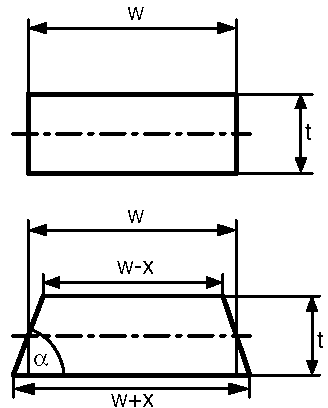buenos
Advanced Member level 3
- Joined
- Oct 24, 2005
- Messages
- 960
- Helped
- 40
- Reputation
- 82
- Reaction score
- 24
- Trophy points
- 1,298
- Location
- Florida, USA
- Activity points
- 9,116
hi
how to calculate trace width reduction caused by etching ?
I have a formula:
W1= W_design - (copperthickness/2)
W2= W1 - (copperthickness/2)
is it correct always? or it depends on the machines used by the manufacturer?
what about the widths on an outer layer?
there the plating makes it to be more difficoult.
how to calculate trace width reduction caused by etching ?
I have a formula:
W1= W_design - (copperthickness/2)
W2= W1 - (copperthickness/2)
is it correct always? or it depends on the machines used by the manufacturer?
what about the widths on an outer layer?
there the plating makes it to be more difficoult.
